Optimal Timing for Land Gradings
Gradings are an essential part of land development, providing critical information for construction, landscaping, and property management. Timing of gradings can significantly impact project efficiency and accuracy. Proper scheduling ensures optimal conditions for soil stability, equipment operation, and project timelines.

Performed before building begins to prepare the site and ensure proper drainage.
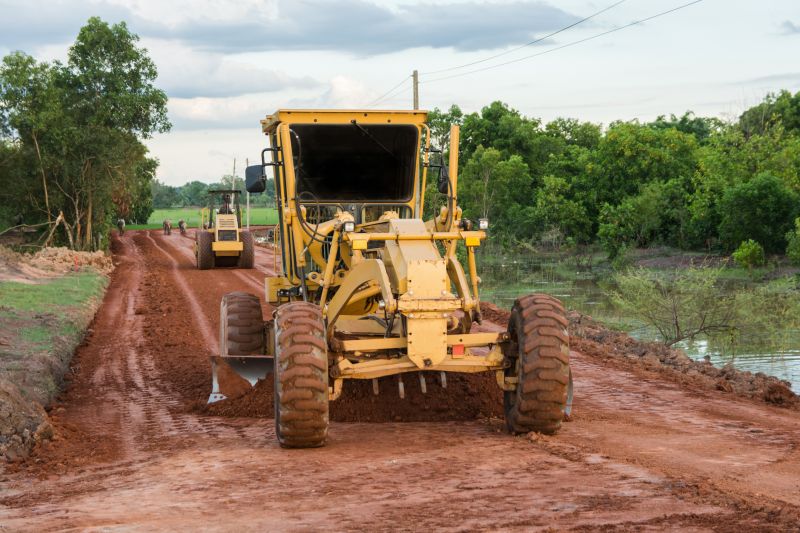
Completes after construction to level the land and manage runoff.
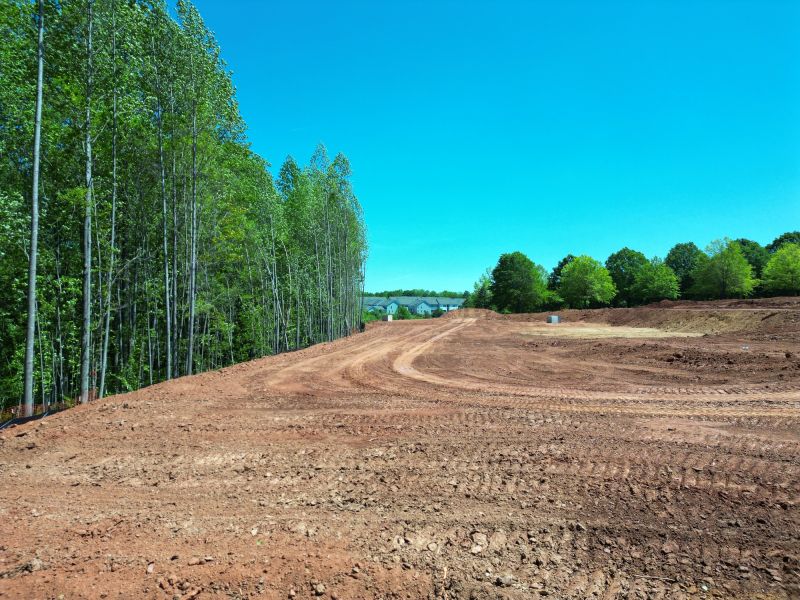
Timing depends on weather conditions, with dry months preferred for stable grading work.
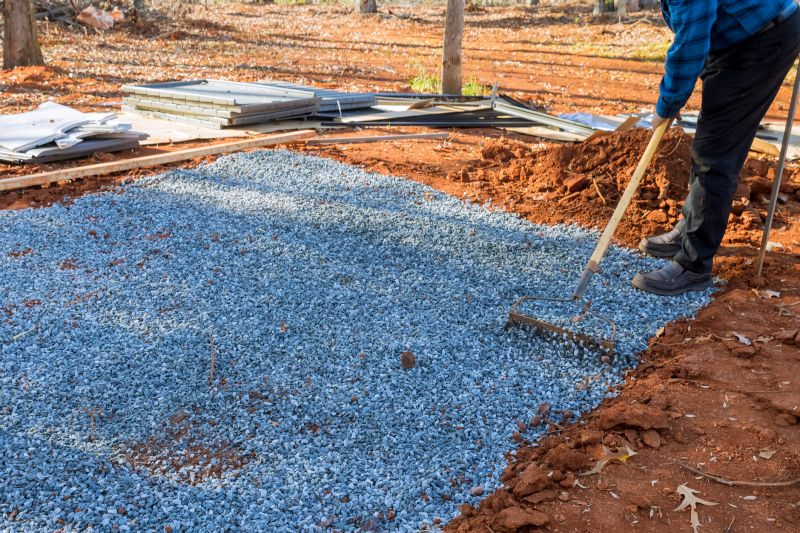
Ways to make Gradings work in tight or awkward layouts.

Popular materials for Gradings and why they hold up over time.

Simple add-ons that improve Gradings without blowing the budget.

High-end options that actually feel worth it for Gradings.
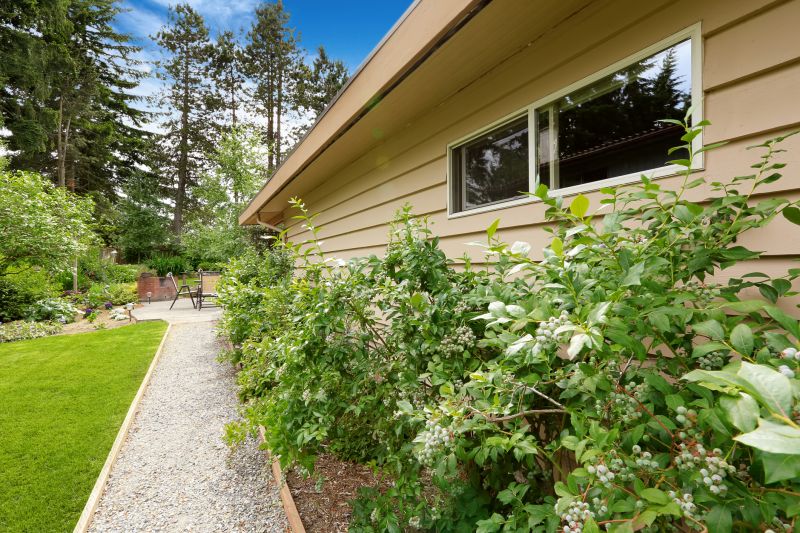
Finishes and colors that play nicely with Gradings.
Gradings are best performed during dry, mild weather to prevent soil disturbance and ensure safety.
Ideal soil moisture is crucial; overly wet or dry conditions can affect grading quality.
Scheduling should align with construction phases to avoid delays and rework.
Spring and fall often provide suitable conditions, while winter may require additional planning.
| Season | Recommended Timing |
|---|---|
| Spring | Early spring before heavy rains |
| Summer | Mid to late summer when soil is dry |
| Fall | Early fall for stable conditions |
| Winter | Generally avoided due to frozen or saturated soil |
Gradings involve the precise removal, redistribution, and leveling of soil to create a stable foundation for construction or landscaping projects. Accurate grading enhances drainage, prevents erosion, and ensures the longevity of structures. The process requires careful assessment of soil type, moisture content, and environmental conditions to achieve the desired results.

Proper grading involves preparing the soil to support structures and landscaping.
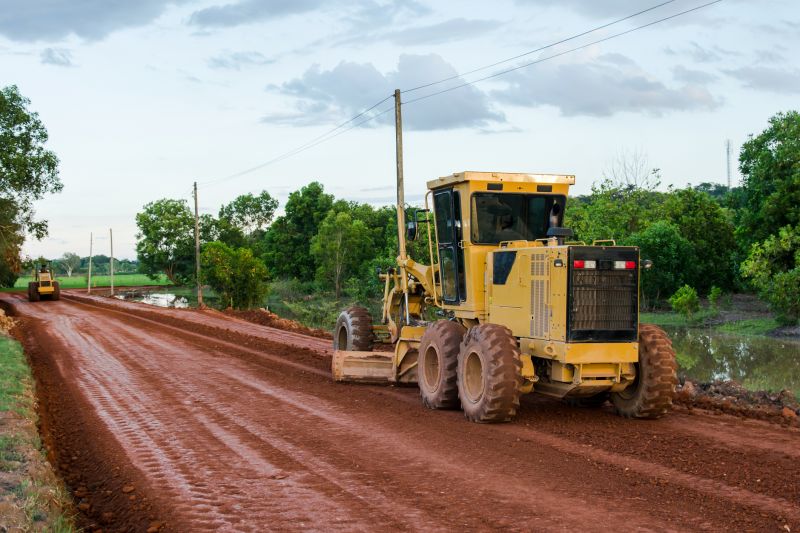
Heavy machinery ensures precise grading and efficient project completion.
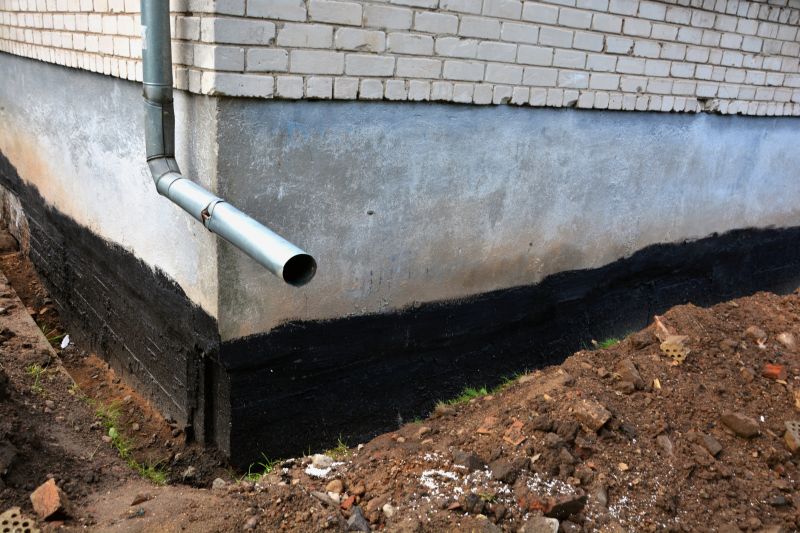
Effective grading directs water flow away from foundations and landscaping.

Little measurements that prevent headaches on Gradings day.

A 60-second routine that keeps Gradings looking new.
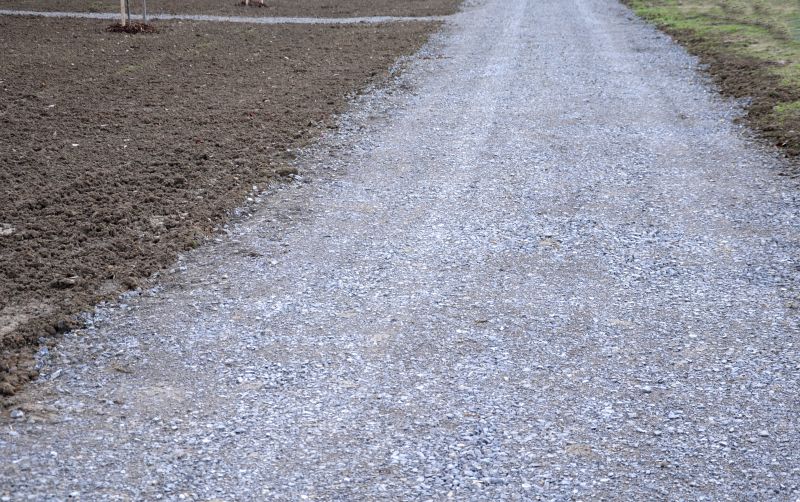
A frequent mistake in Gradings and how to dodge it.

Small tweaks to make Gradings safer and easier to use.
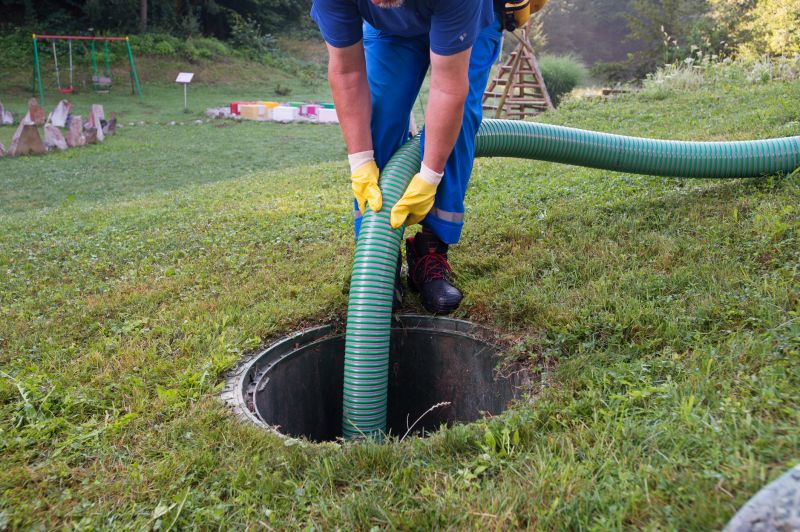
Lower-waste or water-saving choices for Gradings.
Different soil types require tailored grading techniques for stability.
Proper timing minimizes soil disturbance and runoff issues.
Choosing the right time for grading depends on local climate patterns, soil conditions, and project requirements. Proper scheduling can prevent costly delays and ensure the quality of the work. Consulting with experienced professionals helps determine the best window for grading activities.

Adjusting schedules to seasonal weather patterns optimizes results.
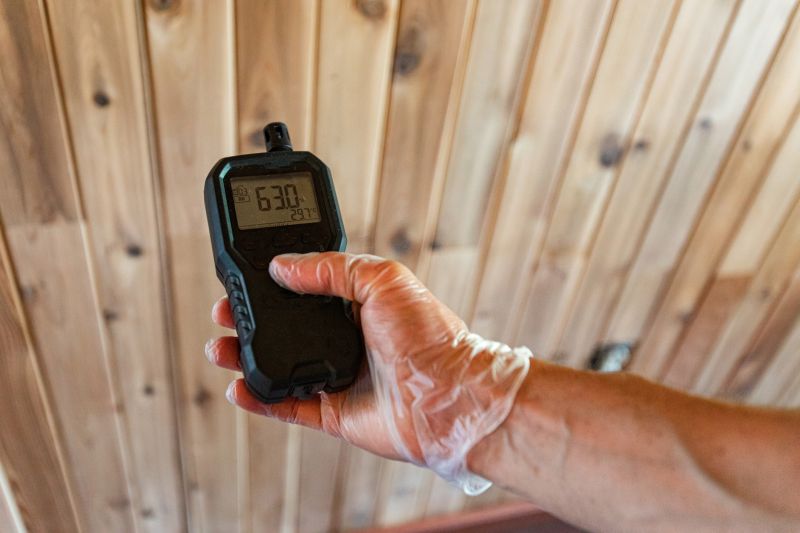
Real-time weather data informs the best timing for grading.

Testing soil moisture and stability guides scheduling decisions.

Effective planning incorporates optimal grading windows for success.
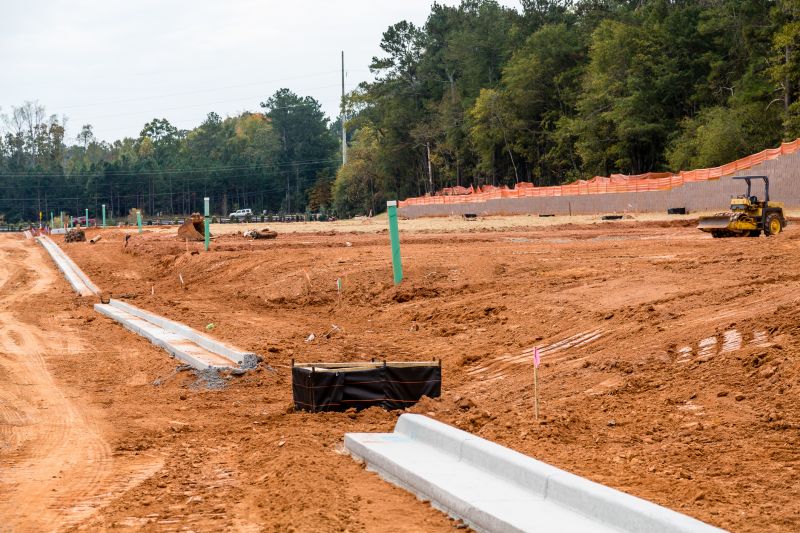
The short, realistic tool list for quality Gradings.

Rough timing from prep to clean-up for Gradings.

Quick checks and paperwork to keep after Gradings.
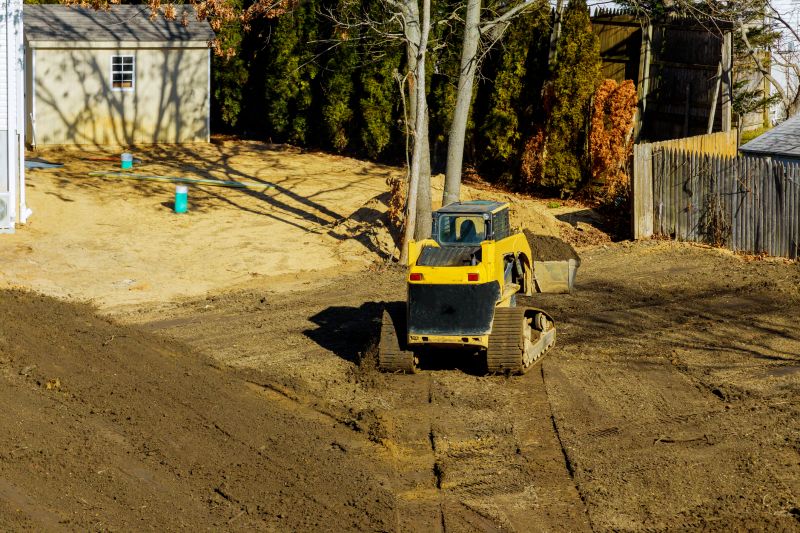
Examples that show the impact a good Gradings can make.
Interested parties are encouraged to contact for further details on scheduling and planning for grading projects. Proper timing ensures efficient execution and high-quality results for land development needs.
